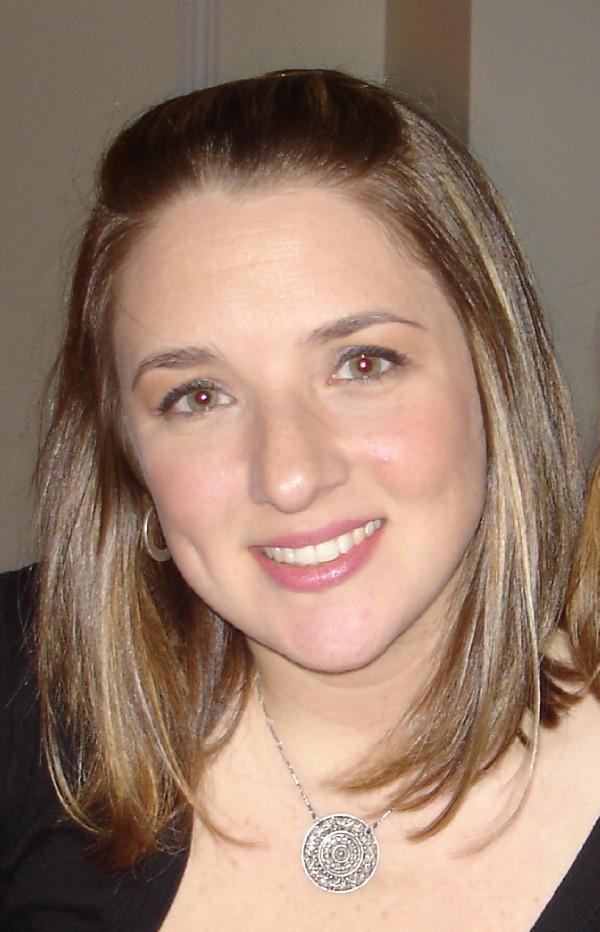“Marketing” is still considered a dirty word by some and misunderstood by many in the nonprofit world despite how important it is to furthering your good cause. Beth Ann Spiegel shares some tips on how to get your colleagues on board. ~Kivi
Guest Post by Beth Ann Spiegel, Fund Development and Communications Associate of The Arc of Atlantic County
Recently I had the chance to speak about marketing to 75% of our 260 employees at a staff retreat. The session had great reviews, so I wanted to share how we achieved success. Feel free to use this as a guide for creating a culture in your organization where the value of marketing is respected and understood as a vital way of achieving your mission.
Step One
Make sure your executive leadership values marketing and understands that every employee is a potential ambassador, or marketer, of the organization. To get buy-in from our leadership, I invited them to attend a Nonprofit Marketing Guide webinar on “Helping Your Staff and Board Become Great Nonprofit Marketers”. You can still access the recordings from this webinar with your All Access Pass.
Step Two
Identify an opportunity to address employees in person. The organization I work for is a county social services agency with a large residential program for people with intellectual and developmental disabilities, so we have a workforce of more than 260 people.
The only opportunity I have to get the attention of that many people at once is our annual staff retreat. Leadership staff invited my department to host a half-hour session on Accidental Marketing at this year’s retreat, which was a great opportunity to gather and share valuable information. Of course, attending smaller staff meetings would be ideal to build a more personal relationship with staff, so if you have time to do that, do it. This is a great chance for staff to get to know and trust you.
Step Three
Develop your agenda for the meeting. Our colleagues have many different perspectives depending upon what area of programming they work in. But we all have one thing in common – we are working to promote our organization’s mission. Emphasize that in the meeting. Help them see that you’re not just some annoying person trying to get others to help you do your job. Stories and experiences are what compel people to support your organization, and direct support staff are the key holders of those stories.
Agenda Outline:
- Introduce yourself and explain what you do. Even the colleagues you see every day may not really know how much detail your job entails. Earn their respect by briefly covering your department’s responsibilities with emphasis on how your job benefits the mission of the agency.
- Ask staff what they think of when they hear the word ‘marketing’. Maybe they think of the annoying people who call them at dinner asking them for money. Maybe they think it has nothing to do with their job, or that it is ‘fluff’ – unnecessary and something the organization could do without. Define marketing for them, and ask them to answer the question: What value does our organization and my work in particular provide to society? Get them thinking about their impact in broader terms.
- Explain how and why you communicate that value. Nonprofits use storytelling and crafted messaging to communicate our value in order to generate good feelings about our work and bring in volunteers, donations, new hires, new clients, etc. Every employee is sending a message when they’re working or talking about their work that could potentially impact the agency.
- Table Discussion Time. Now, get staff thinking about some of the messages they’re sending when they’re talking about their work, and what messages they get back. For us, we already knew there were a lot of misconceptions about who we are, who we serve, and what we do so we developed our questions based on that knowledge. We gave them 7 minutes to fill out their questionnaires together, and afterward we asked them to share their thoughts. We received a lot of great feedback that we can now use to help craft better messaging, and to develop tools that will make it easier for employees to be consistent when communicating about their work.
- Tell your own stories. Give two or three short stories about how accidental marketing has already benefited the organization. One of our stories was about how our CFO knocked on the wrong door when responding to a furniture donation offer, and got to talking with the residents about the agency’s work. The neighbors were so impressed and shortly after became volunteer golf partners in our Special Olympics golf program. They loved their experience and became reliable and generous donors, and later the husband even joined our board. He and his wife recently made one of the largest gifts to our ongoing capital campaign to date. All this because of an enthusiastic employee who knew what to say and how to say it.
- Closing. Ask staff to share their own stories of accidental marketing and how it may have helped their program. Thank them for all that they contributed and remind them again about how you plan to use the information.
Step Four
Follow Through! After the meeting, get to work right away on developing tools to address the challenges your colleagues face when communicating about their work. Thank them for their help in a follow-up email or memo and send them any tools you may already have that they have not received.
Identify an opportunity in new-hire orientation to distribute these messaging materials so all employees are on the same page from day one. If possible, follow up by attending smaller staff meetings for more one-on-one story opportunities.
The bottom line is to show your colleagues that you respect their work and their busy schedules, and provide tools to make it as easy as possible to get you those compelling stories that ultimately will make everyone’s work more successful and rewarding.
Beth Ann Spiegel is the Fund Development & Communications Associate for The Arc of Atlantic County, based just 10 minutes away from Atlantic City, NJ. The Arc of Atlantic County is one of more than 700 state and local chapters of The Arc across the country that work on behalf of people with intellectual and developmental disabilities over the course of their lifetimes through advocacy, education and direct supports.







